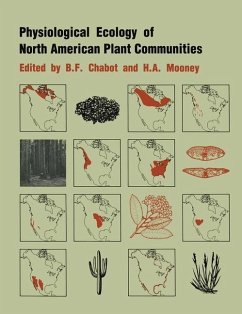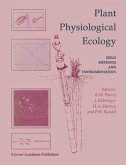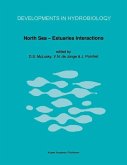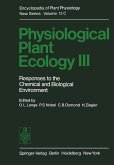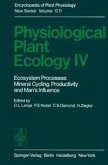Although, as W.D. Billings notes in his chapter in this book. the development of physiological ecology can be traced back to the very beginnings of the study of ecology it is clear that the modern development of this field in North America is due in the large part to the efforts of Billings alone. The foundation that Billings laid in the late 1950s came from his own studies on deserts and subsequently arctic and alpine plants, and also from his enormous success in instilling enthusiasm for the field in the numerous students attracted to the plant ecology program at Duke University. Billings' own studies provided the model for subsequent work in this field. Physiological techniques. normally confined to the laboratory. were brought into the field to examine processes under natural environmental conditions. These field studies were accompanied by experiments under controlled conditions where the relative impact of various factors could be assessed and further where genetic as opposed to environmental influences could be separated. This blending of field and laboratory approaches promoted the design of experiments which were of direct relevance to understanding the distribution and abundance of plants in nature. Physiological mechanisms were studied and assessed in the context of the functioning of plants under natural conditions rather than as an end in itself.
Dieser Download kann aus rechtlichen Gründen nur mit Rechnungsadresse in A, B, BG, CY, CZ, D, DK, EW, E, FIN, F, GR, HR, H, IRL, I, LT, L, LR, M, NL, PL, P, R, S, SLO, SK ausgeliefert werden.

